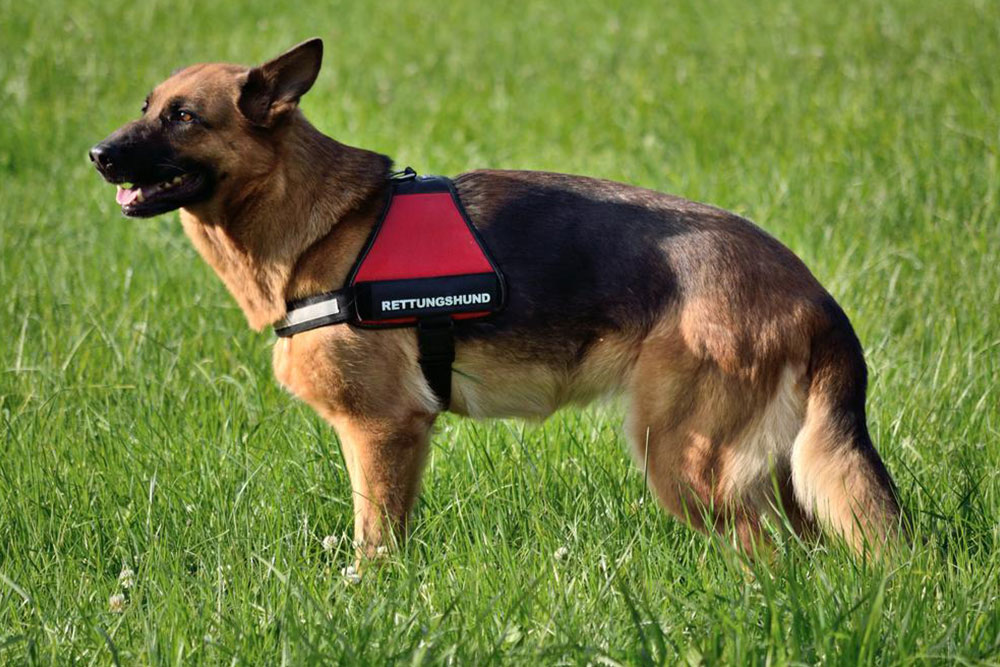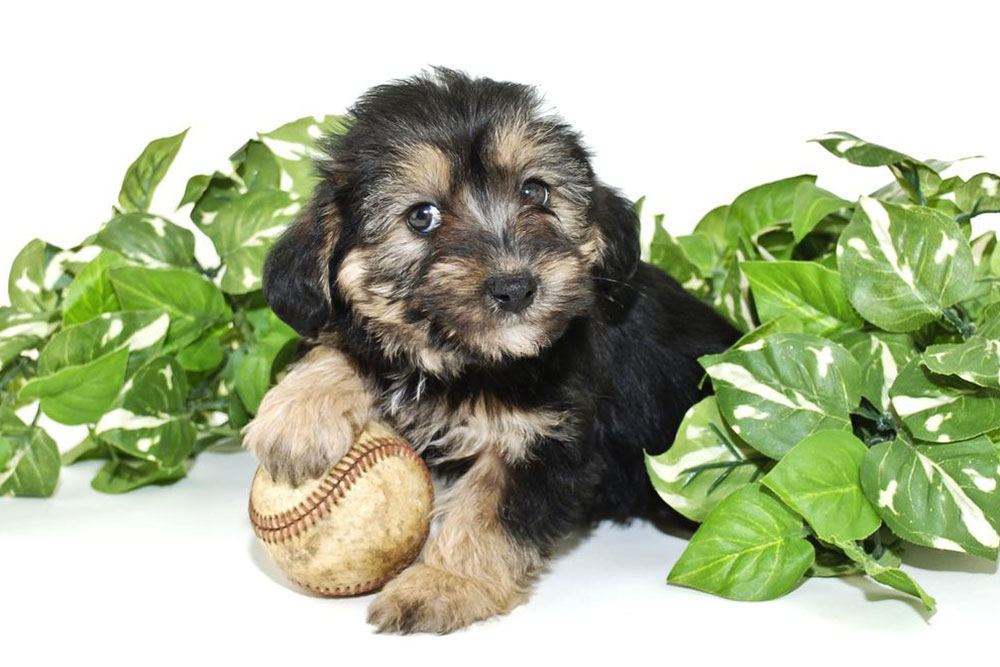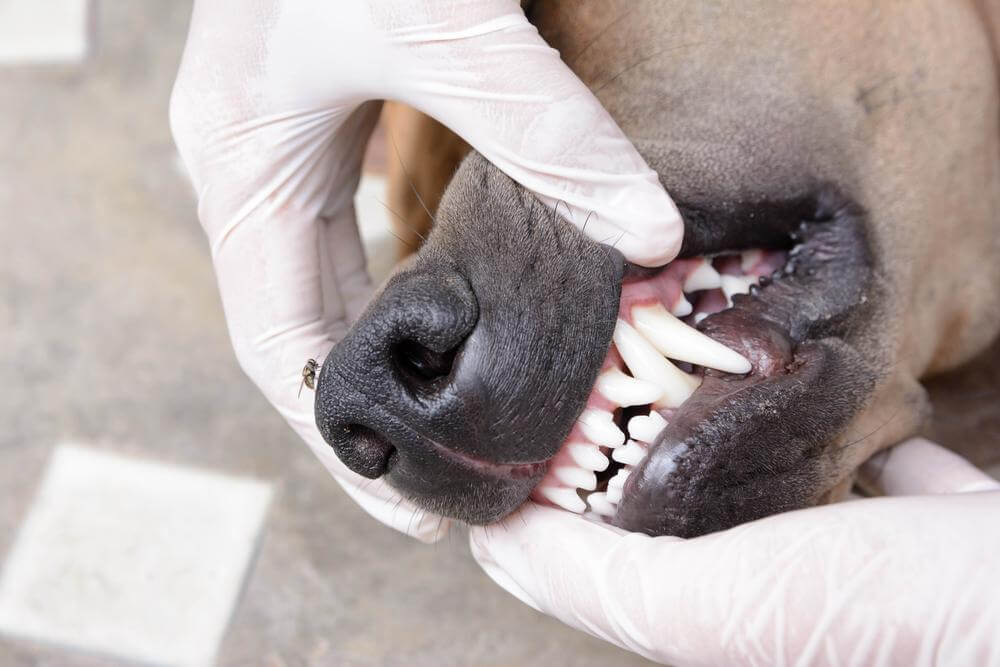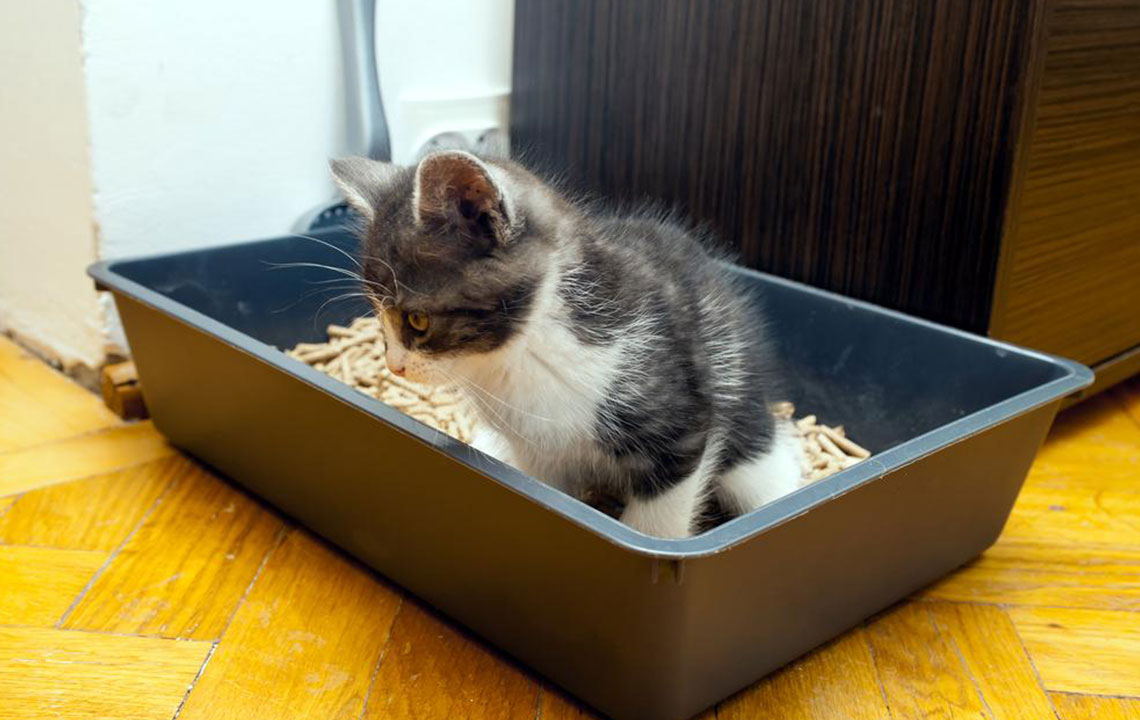Essential Guide to Pet Coat Care: Key Practices, Common Errors, and Expert Tips
This comprehensive guide emphasizes the importance of regular pet grooming, common mistakes to avoid, and expert tips to ensure pet health and comfort. Proper grooming not only enhances appearance but also detects health issues early, prevents skin problems, and promotes overall wellbeing. Learning the correct techniques and choosing suitable tools can make grooming easier and more effective, whether performed at home or professionally. Prioritize your pet's hygiene for a happier, healthier life.
Sponsored
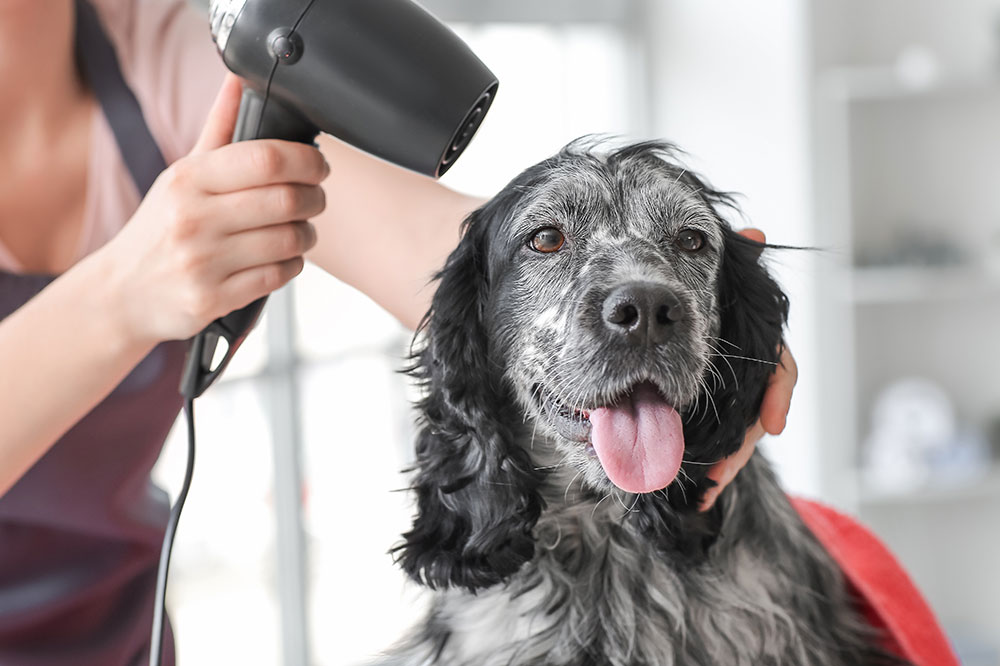
Owning a pet means providing them with love, attention, and proper hygiene. Grooming is a vital part of caring for your furry friend, ensuring they stay healthy and comfortable. This involves regular brushing, trimming, nail clipping, and maintaining overall cleanliness. Proper grooming not only enhances your pet’s appearance but also aids in early health issue detection and parasite prevention. Whether you groom at home or seek professional services, adopting the right methods is crucial for your pet’s wellbeing.
Regular grooming helps detect signs of infections, lumps, or skin irritations early. It also keeps your pet’s fur free of dirt and matting, preventing discomfort and skin injuries. Since pets can’t wash themselves like humans, caregivers need to ensure their fur remains clean and tangle-free. Proper brushing reduces shedding and avoids painful mats that can cause abrasions or ulcers, contributing to a healthier coat and overall well-being.
Frequent Grooming Errors to Avoid
1. Shaving in summer
Many believe shaving a pet's coat reduces heat, but it can cause more harm than good. Fur acts as insulation, protecting dogs from sunburn and temperature swings. Shaving can damage hair follicles, leading to patchiness and dullness. It also exposes the skin and can cause sunstroke or burns, so trimming is a safer alternative.
2. Inner ear washing
Pets have sensitive ears, and inserting water can trap moisture, risking infection. During baths, avoid pouring liquids directly into the ear canal to prevent bacteria buildup, inflammation, or discomfort. Careful cleaning with damp cloths around the ears is recommended.
3. Brushing on wet fur
Always dry your pet’s coat before brushing. Wet hair clumps together and tugs painfully, potentially damaging hair and worsening mats. Proper drying facilitates easier grooming and reduces discomfort.
4. Over-bathing
Excessive bathing strips natural oils, harming coat health. Most pets only need monthly baths unless advised otherwise by a vet. Using the right grooming products and tools helps maintain fur and skin health.
For professional grooming, PetSmart offers a variety of services including baths, trims, de-shedding treatments, and special care for puppies and kittens. Regular grooming sessions can simplify pet maintenance and improve their quality of life.
Expert tips for effective grooming
1. Tailor grooming to your pet’s needs
Short-haired or wiry-coat dogs benefit from weekly brushing with a rubber brush, along with monthly baths.
Long-haired or curly-coat breeds require daily brushing with wider brushes and occasional de-tangling tools, with full grooming every four to eight weeks.
Double-coated breeds need daily brushing and weekly de-shedding to manage shedding effectively.
2. Proper grooming sequence
Always brush and comb your pet before bathing. This reduces shedding and allows the shampoo to clean more thoroughly.
3. Use Lukewarm Water & Appropriate Drying
Bath pets with lukewarm water to avoid skin stress. Towels or pet-safe dryers are preferable over human hairdryers to prevent burns and discomfort.
4. Choose the right tools
Invest in grooming tables or mats to keep your pet comfortable during grooming. These tools help reduce back strain and keep pets secure during the process.

